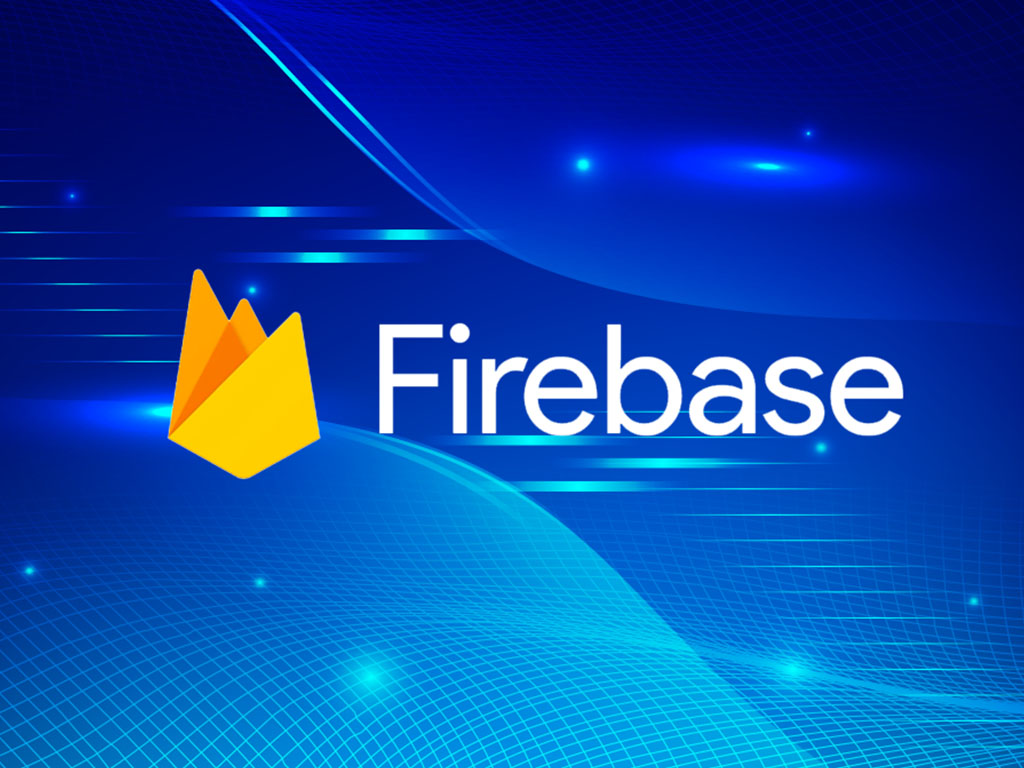Rise of Subscription Food Boxes
Convenience Meets Culinary Trends
Subscription food boxes have transformed the way consumers access meals, offering curated ingredients and recipes delivered straight to their doors. In 2025, this direct-to-consumer model has surged, driven by busy lifestyles and a growing appetite for unique dining experiences. From meal kits featuring global cuisines to farm-fresh produce boxes, brands leverage the convenience factor to attract food enthusiasts. Social media plays a pivotal role, amplifying visibility and fostering connections with diverse audiences seeking quality and ease in their culinary routines.
Social Media as a Marketing Powerhouse
Engaging Visual Storytelling
Platforms like Instagram, TikTok, and YouTube are critical for food subscription brands to showcase vibrant dishes and unboxing experiences. Short-form videos demonstrating quick recipe prep or customer testimonials resonate with younger audiences, particularly Gen Z and millennials, who value authenticity. Eye-catching visuals of fresh ingredients and plated meals, paired with hashtags like #MealKitMagic or #FarmToTable, boost discoverability. These platforms enable brands to craft compelling narratives, turning casual scrollers into loyal subscribers through relatable, engaging content.
Building Community Through Interaction
Fostering Customer Loyalty
Social media fosters two-way communication, allowing brands to build communities around their subscription boxes. Hosting live cooking demos on Instagram or responding to customer queries on X creates a sense of belonging. Brands like HelloFresh and Blue Apron use polls and Q&A sessions to gather feedback, tailoring offerings to consumer preferences. By spotlighting user-generated content, such as photos of finished meals tagged with branded hashtags, companies strengthen loyalty and encourage word-of-mouth marketing, driving subscription growth.
Influencer Partnerships Boost Reach
Leveraging Trusted Voices
Collaborations with food influencers and micro-influencers amplify brand credibility, as their endorsements resonate with niche audiences. In 2025, influencers showcase subscription boxes through authentic content, like cooking a meal kit on TikTok or sharing storage tips for produce boxes. These partnerships, often featuring discount codes, drive conversions by tapping into followers’ trust. For example, a vegan food blogger promoting a plant-based meal kit can attract eco-conscious subscribers, expanding the brand’s reach and aligning with trending dietary preferences.
Targeted Ads for Personalized Appeal
Precision Marketing Strategies
Social media’s advanced targeting tools enable food subscription brands to reach specific demographics, such as health-conscious professionals or families seeking quick meals. Platforms like Facebook and Instagram offer data-driven ad campaigns, allowing brands to highlight seasonal offerings or dietary-specific boxes, like gluten-free or keto options. Retargeting ads remind potential customers of abandoned carts, while lookalike audiences help brands find new subscribers with similar interests. This precision ensures marketing budgets yield high returns, boosting subscription rates.
Challenges and Future Opportunities
Navigating Competition and Retention
While social media fuels growth, intense competition and subscriber churn pose challenges. Brands must continuously innovate content to stand out, using trends like immersive recipe videos or sustainability-focused campaigns to retain interest. Offering exclusive social media promotions, such as limited-time discounts or bonus items, helps maintain subscriber engagement. As the market evolves, integrating AI-driven personalization and expanding to platforms like Pinterest for recipe inspiration will further enhance the appeal of food subscription boxes, ensuring long-term success in a crowded digital landscape.







